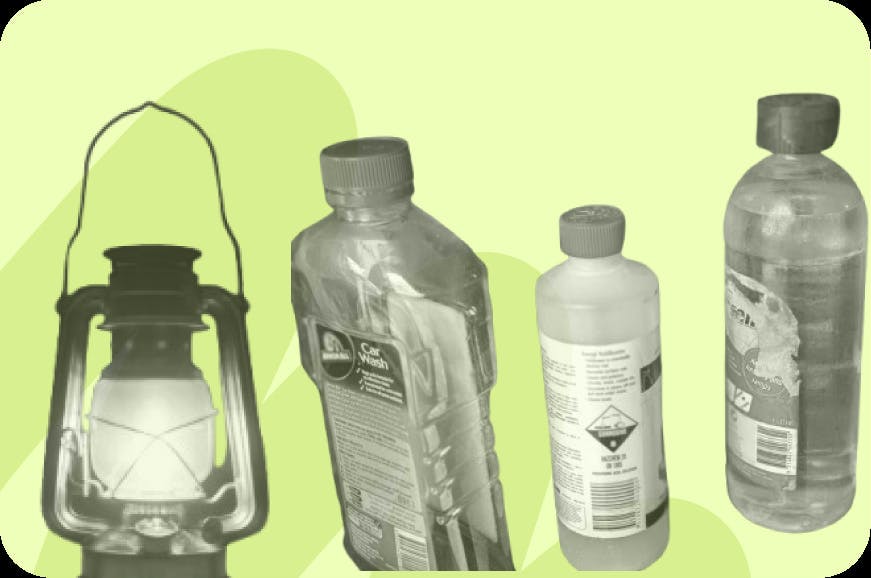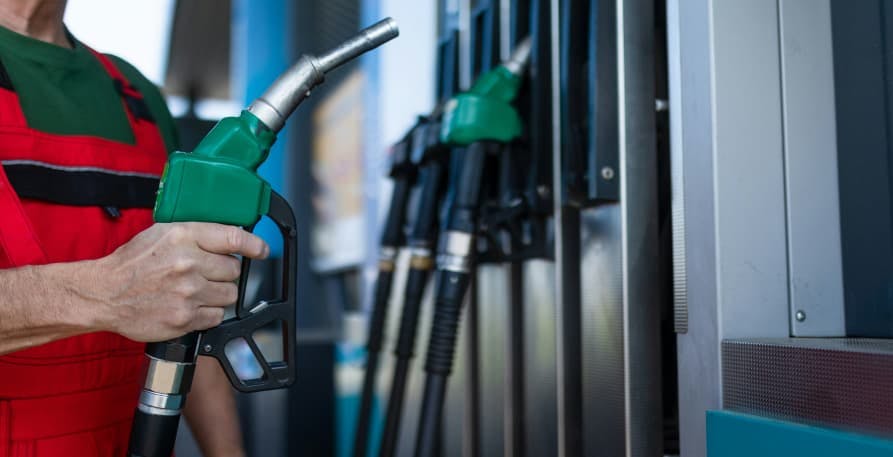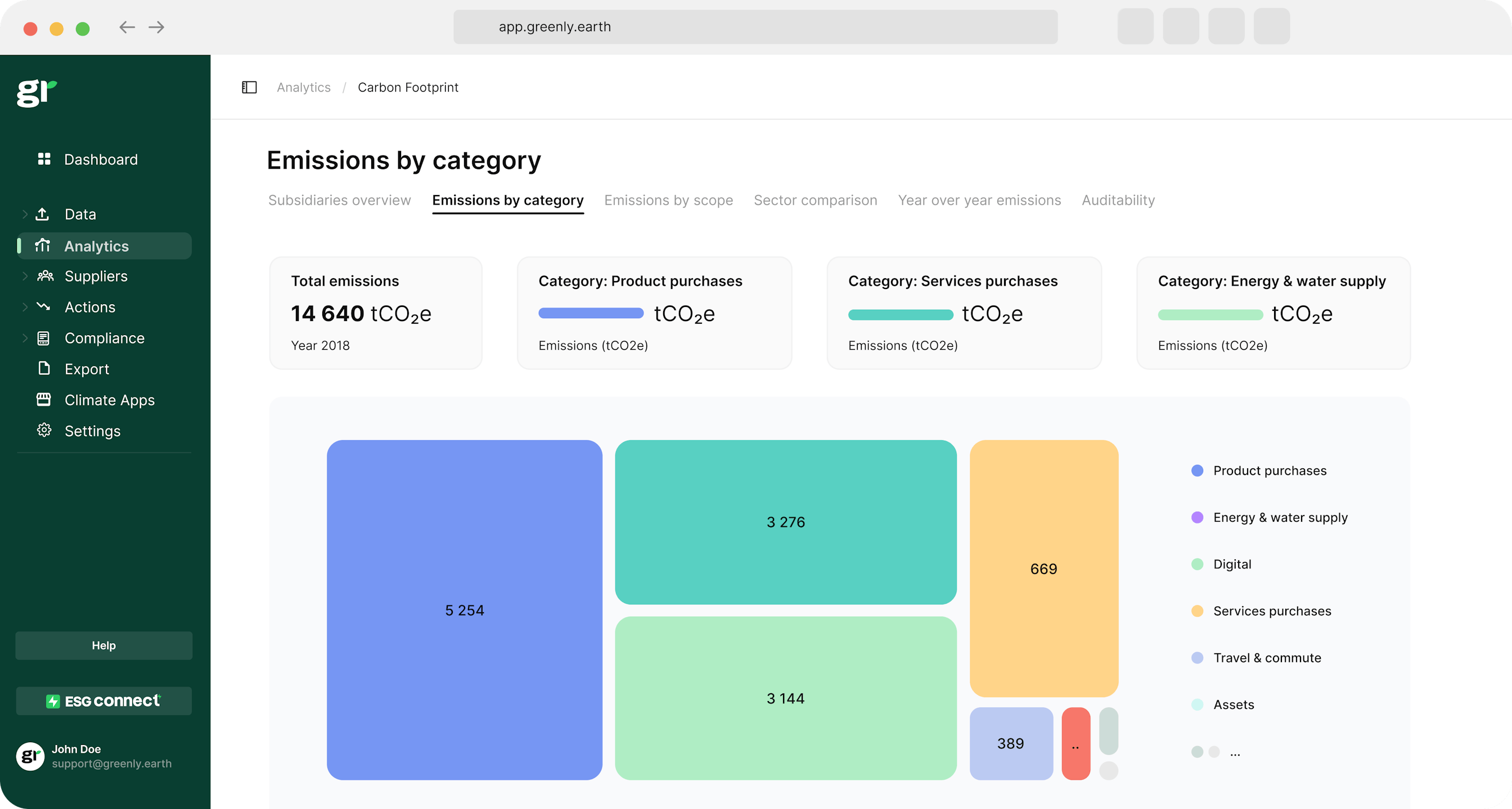
Sustainable Development Goals (SDGs): All You Need to Know
The United Nations has defined 17 goals, aimed at creating a better world. What are these so-called "Sustainable Development Goals" ? Explanations.
ESG / CSR
Industries



As many countries around the world seek alternative resources to fuel their industrial processes and transportation, new light is being shed on the substances we have been using for decades – such as with kerosene and its harmful impact.
Kerosene is frequently used for fuel, such as with jet engines, to power lamps, and for other various heating, lighting, and cooking purposes.
In this article, we’ll explain what kerosene is, why it’s bad for the planet, and what we could use instead of kerosene as we move towards a more sustainable world.
Kerosene is a flammable liquid hydrocarbon derived from petroleum, which is most commonly used for engine fuel or other heating or lighting purposes.
💡Since kerosene is less volatile than other substances such as gasoline or diesel, it has become a widely available “over the counter” type of crude oil to offer to consumers in-store.
Kerosene is made via a separation process known as fractional distillation.
Here’s a breakdown of how kerosene is extracted from crude oil:
👉 Prior to electricity, kerosene was used to heat handheld lamps – but in today’s world, kerosene is used for heating oil and spaces and developing various engine fuels. However, its newfound popularity and usage doesn’t come without its consequences – as kerosene has a negative impact on the environment and human health.

The main reason why so many people and businesses alike have opted for kerosene is because it’s an efficient and affordable way to power homes and industrial operations.
💡 Kerosene produces fewer fumes in comparison to other fossil fuels, making it the more eco-friendly option amongst other finite energy sources – despite the fact that kerosene, in of itself, is still not a renewable energy source.
Here are some of the benefits for those who choose to use kerosene:
👉 It is important to note that while kerosene can be convenient, it doesn’t come without its caveats – as kerosene is ultimately a finite source of energy which contributes to various environment issues.

Kerosene is a serious problem seeing as it can emit poisonous gases, contribute to greenhouse gas emissions, and even prove toxic to humans.
💡 When developing a new business, it is worthwhile to recognize that while kerosene may be the most affordable and functional option available – it isn’t the best source of energy to use long-term as it could both your surrounding environment and employees at risk.
Here are some of the reasons why kerosene is a problem in our world in the midst of climate change:
The table below will further depict the reasons why kerosene is bad:
| Category | Negative Impact | Details |
|---|---|---|
| Environmental Harm | Greenhouse Gas Emissions | Burning kerosene releases CO₂, contributing significantly to climate change. |
| Air Pollution | Produces particulate matter, NOₓ, and SOₓ, leading to degraded air quality. | |
| Oil Spills and Leaks | Leaks during extraction or transportation harm soil and water ecosystems. | |
| Health Risks | Indoor Air Pollution | Emissions from kerosene stoves and lamps cause respiratory illnesses and eye irritation. |
| Fire Hazards | Highly flammable and can lead to fires or accidents in poorly ventilated areas. | |
| Resource Dependency | Fossil Fuel Reliance | Depends on crude oil, delaying transitions to renewable energy sources. |
| Economic Vulnerability | Price volatility in global oil markets impacts regions relying on kerosene. |
Kerosene can be toxic for human beings if accidentally inhaled, ingested, or if kerosene makes contact with your skin.
Here is how kerosene can be detrimental to human health:
👉 Overall, reducing our usage of kerosene is critical in the midst of a push to transition to clean energy economies – especially since kerosene can have a profound negative impact on the environment and human life alike.

Luckily, there are several ways in which we can avoid the use of kerosene – such as by seeking renewable sources like bio-fuels or by using plant-based, chemical-free cleaning products.
Here are some ways to cut back on the use of kerosene:
Many industries will use kerosene as a cleaning agent for their machinery, but most are unaware of the more eco-friendly options available – such as soy-based solvents and citrus-based cleaners used to remove grease and and oil.
Furthermore, there are other substitutes to kerosene for cleaning – and while they may not be as optimal as plant-based cleaning alternatives, they are still less emissive than kerosene.
Two additional examples of replacement substances include:
We can mitigate the use of kerosene by employing the use of renewable energy sources, especially to power homes with heating and electricity in place of kerosene – such as with wind energy or solar panels.
💡In terms of limiting the use of kerosene, it is imperative that we expand renewable energy sources to be more accessible in rural areas – as this can allow residents in rural areas to cut back on their use of kerosene.
While renewable energy may be less conducive to fully operating businesses, there is always a way to get started in the clean energy transition – starting with a demo from Greenly.
It is vital to educate our local communities on the possible negative effects associated with kerosene, as many households and even businesses may not be aware of their detrimental environmental and health impact.
Although it sounds simple, encouraging households and businesses alike to upgrade to energy-efficient lighting, such as LED bulbs, can help to cut back on the environmental impact of traditional kerosene lamps. Incentives have already and can continue to exist, such as with Biden’s Inflation Reduction Act of 2022 – which helped to encourage Americans to opt for energy efficient options.
💡Furthermore, we should be making an increased effort to improve our electricity grids to allow rural areas to access electricity – this way, they can reduce their current dependence on kerosene for cooking, lighting, and heating.
Overall, we can easily mitigate the use of excessive kerosene by utilizing technology to improve our existing energy infrastructure and encouraging businesses and households alike to lead a more sustainable lifestyle.
If your business is struggling to reduce its dependency on finite sources of energy such as kerosene and adapt to a more sustainable world, you can always turn to Greenly for the professional guidance you need to go green.

If reading this article on kerosene has made you interested in reducing your carbon emissions to further fight against climate change – Greenly can help you!
It can be overwhelming to figure out how to effectively reduce emissions in your business, but don’t worry – Greenly is here to help. Click here to schedule a demo to see how Greenly can help you find ways to ensure your company is reducing emissions as effectively as possible.
Greenly can help you make an environmental change for the better, starting with a carbon footprint assessment to know how much carbon emissions your company produces.
